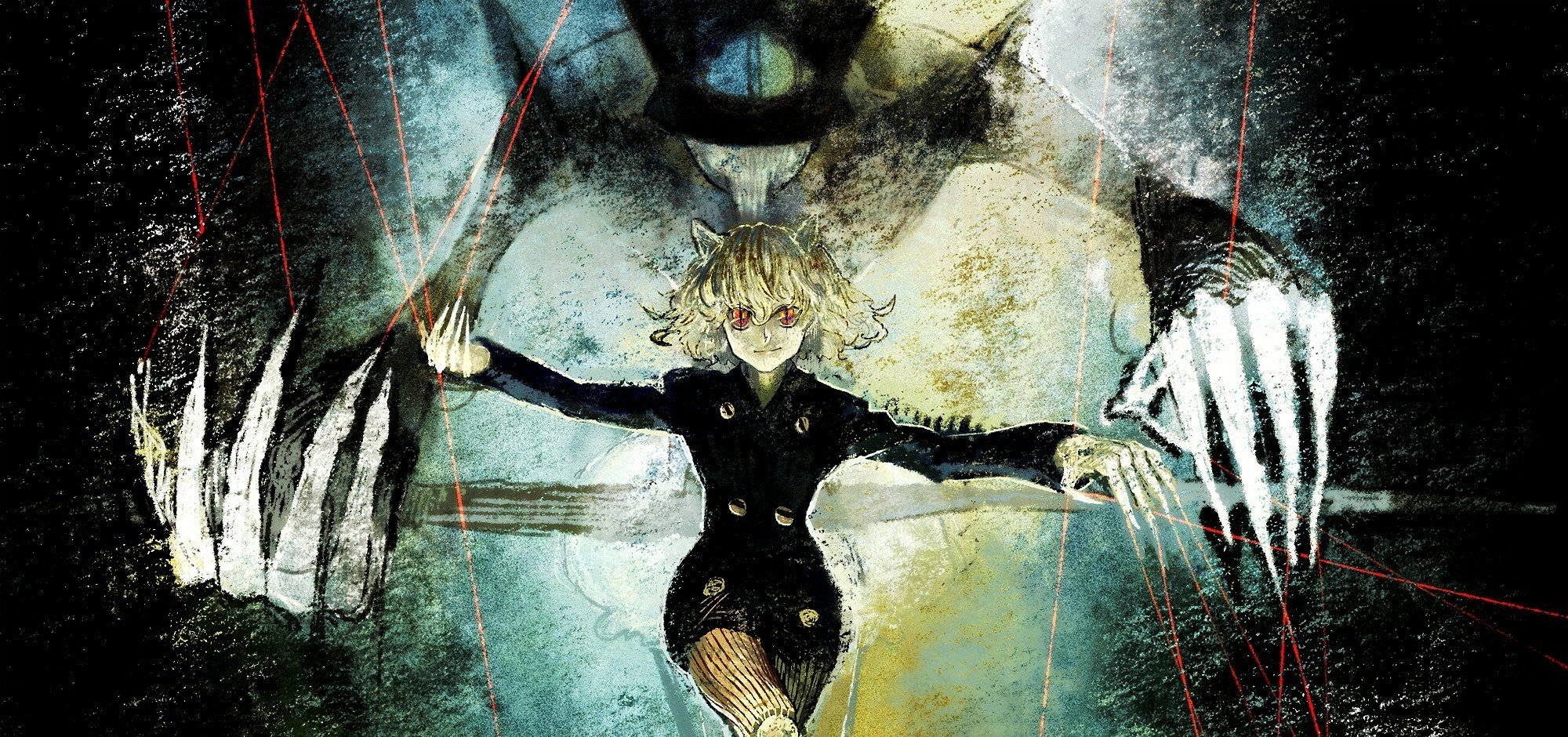
When we create chimeras by adding pluripotent stem cells to an early embryo, human cells grow and develop alongside the cells of the animal embryo “host” in a unified way. We want the scientists to make a pig that is human enough that the organs we take from it will work for our bodies, without being so human that we will need to worry about what taking those organs will do to our souls.Īdvocates would have us believe that this kind of research is justified because the chimeras only contain human cells or organs, and this does not make them human persons. It is just what makes chimera research so promising, then, that also makes it so troubling. So chimeras could offer researchers not just a technical means of increasing the supply of human organs, but a moral justification for harvesting them - namely, that while the organs are human, the animals of which they are a part are not. On the other hand, chimeras are promising because they could be enough unlike humans not to raise ethical red flags about using them this way, as one could argue that they are essentially just animals. On the one hand, chimeras are promising because they could be enough like humans to be useful - capable of growing human organs, or of serving as accurate models of some aspect of human biology. In other words, the scientists acknowledge the potentially troubling implications of their work.
#CHIMERA PEOPLE HOW TO#
Rather, the purpose was to refine chimera-making techniques in order to better understand how to make chimeras “in species more evolutionarily distant that for various reasons, including social, economic, and ethical, might be more appropriate” for potential therapies. The researchers note in their paper and in interviews with the media that they never allowed these chimeric embryos to be gestated, and destroyed them before they had a chance to develop past a certain stage. Their immediate purpose in experimenting with human–monkey chimeras was not to create organisms that are part human and part monkey.

So why monkeys? Scientists have had trouble getting human stem cells to contribute much to the embryos of distantly related animals like pigs, so these researchers turned to a more closely related species instead. They could even be used to grow human organs for transplantation. These chimeras could then serve as experimental subjects for studying human development and disease or for testing drugs. Scientists believe that by making the right genetic tweaks to both the animal embryos and the human stem cells, they can produce chimeras that contain specific human organs or tissues.

This procedure can, in principle, lead to the growth of human organs and tissues across the entire organism. The researchers injected human pluripotent stem cells into an early macaque embryo. The general aim of such experiments is to gain a better understanding of human development or disease than is possible just from studying mice.īut this recent experiment with monkeys goes further. Such “humanized” mice have specific human features, such as human blood or immune system cells. For years, scientists have grafted human cells and organs - often from aborted fetuses - into mice. But today, we know enough about the industry’s track record that we should no longer expect it to police itself.Įxperiments producing chimeras that combine human and animal organisms are not new.

We may be inclined to trust that the biotech industry will regulate itself - that it will set and follow ethical standards that respect human life, or at least try in good faith to take account of public concerns. What is the point of this research? Will we have monkeys with human features running around the nation’s laboratories? Who is making the decisions about where to draw the line between research we should want and research we shouldn’t? The creation of such beings is deeply troubling, and raises questions about why it was done and where it might lead. Mixing human stem cells with macaque monkey embryos, the scientists produced creatures with cells from both species. Researchers from the United States and China announced in April that they had created the first ever human–primate chimeras. Scientists at the Salk Institute in La Jolla, California grew this chimera in 2017. Above: A four-week-old pig embryo containing human cells.


 0 kommentar(er)
0 kommentar(er)
